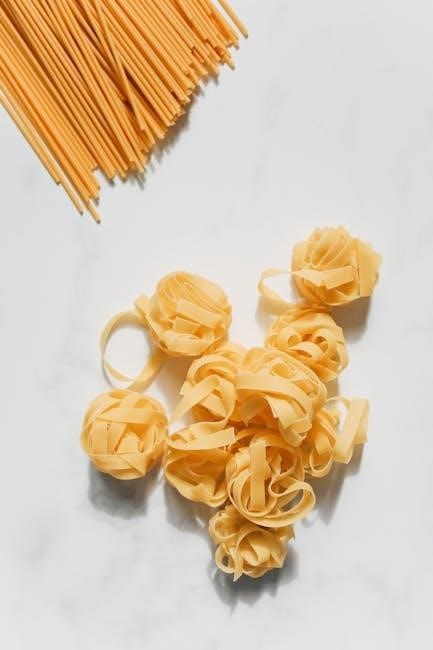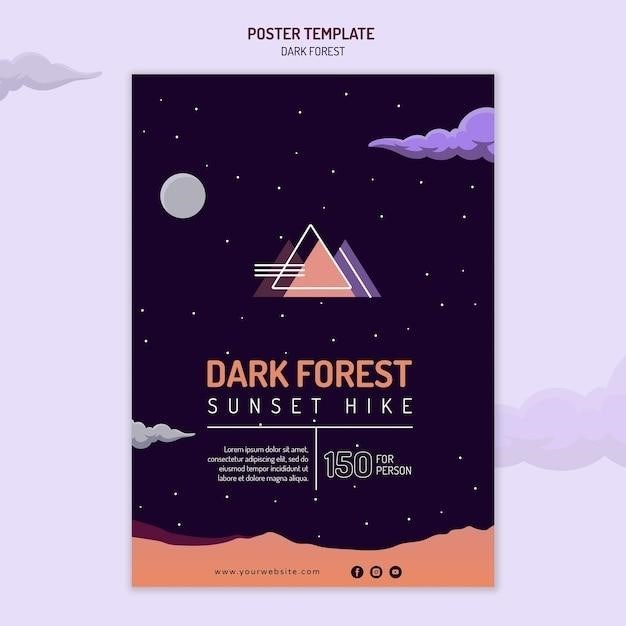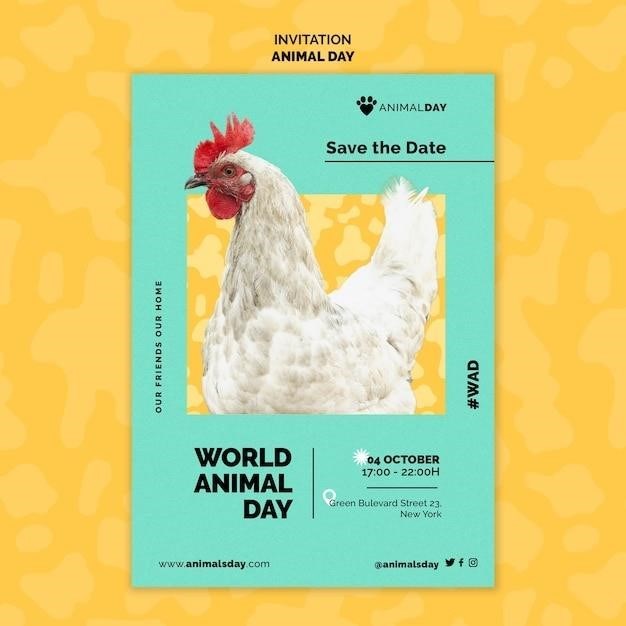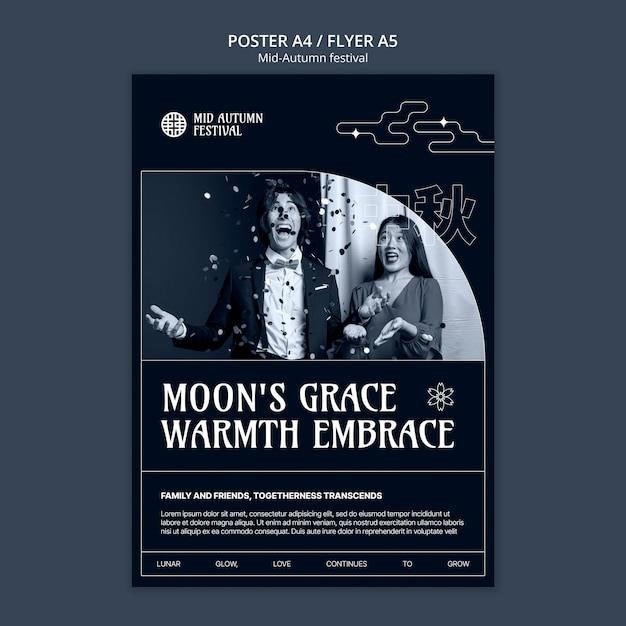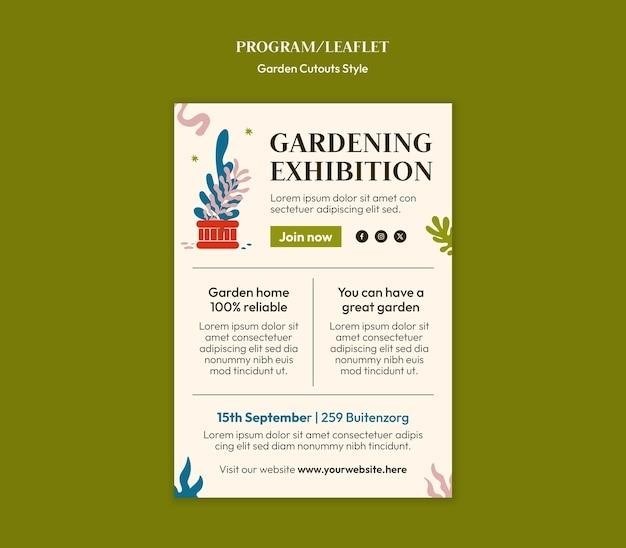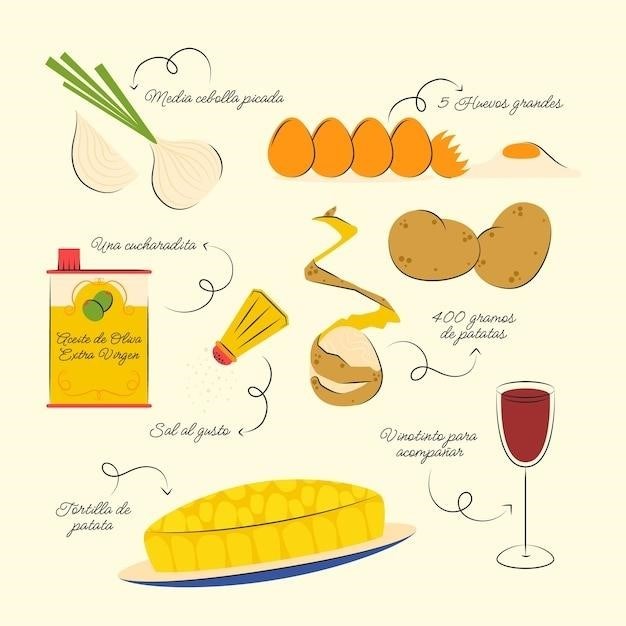Basic Italian Phrases for Travel: A Comprehensive Guide
Embark on an unforgettable Italian adventure! This guide unveils essential Italian phrases, transforming your trip from ordinary to extraordinary. Master basic greetings, common courtesies, and practical expressions for everyday situations. Immerse yourself in Italian culture and impress locals with your newfound language skills.
Essential Greetings
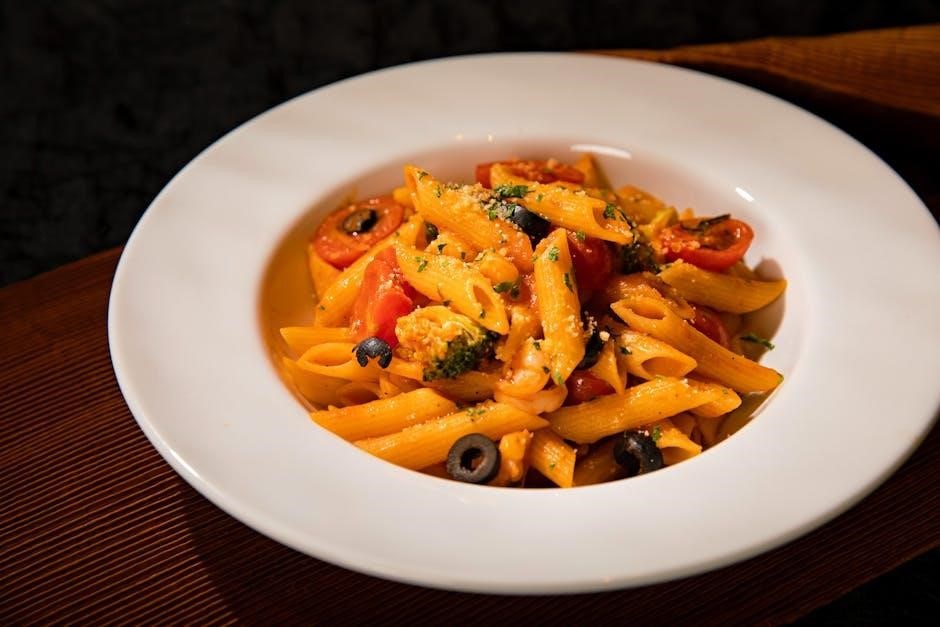
Mastering Italian greetings is paramount for a smooth travel experience. “Ciao” serves as an informal “Hi” or “Hello,” perfect for casual encounters. For more formal situations, opt for “Buongiorno” (Good morning/Good day) or “Buonasera” (Good evening). When departing, use “Arrivederci” (Goodbye) in general situations, or the more formal “ArrivederLa.”
To ask “How are you?” casually, say “Come stai?” A formal equivalent is “Come sta?” Responding with “Bene, grazie” (Well, thank you) is a polite reply. Remember, Italians appreciate the effort to speak their language, even if it’s just a few basic phrases. These greetings are your first step towards connecting with locals and showing respect for their culture. Practice these greetings to confidently start conversations and make a positive impression throughout your Italian journey. Don’t hesitate to use them frequently! They are the building blocks of friendly interaction.
Common Courtesies: “Please” and “Thank You”
Demonstrating politeness goes a long way in any culture, and Italy is no exception. Mastering “please” and “thank you” will significantly enhance your interactions and leave a positive impression. The Italian word for “please” is “Per favore,” a versatile phrase used when making requests, asking for assistance, or ordering food. Always remember to add it to your sentences to show respect and consideration.
Expressing gratitude is equally important. The Italian word for “thank you” is “Grazie.” You can amplify your gratitude by saying “Grazie mille” (Thank you very much) or “Grazie tante” for emphasis. To respond to someone thanking you, use “Prego,” which translates to “You’re welcome.” These simple phrases demonstrate respect and appreciation, fostering positive connections with locals. By incorporating “per favore” and “grazie” into your conversations, you’ll navigate everyday situations with grace and create a more enjoyable experience for yourself and those around you.
Asking for Directions
Navigating unfamiliar streets in Italy can be a daunting task, but with a few key phrases, you can confidently ask for directions and find your way. Start with a polite greeting like “Scusi” (Excuse me) to get someone’s attention. Then, use the phrase “Dov’è…?” (Where is…?) followed by the place you’re looking for, such as “Dov’è il Colosseo?” (Where is the Colosseum?).
To understand the response, familiarize yourself with directional words like “destra” (right), “sinistra” (left), “dritto” (straight), and “vicino” (near). If you’re unsure, ask “È lontano?” (Is it far?). You might also hear phrases like “È qua vicino” (It’s close by) or “È laggiù” (It’s over there). Don’t hesitate to ask them to repeat by saying, “Può ripetere?” (Can you repeat?). If you are really lost, ask “Mi può aiutare?” (Can you help me?). Learning these phrases will empower you to explore Italy with confidence and ease.
Ordering Food and Drinks
Indulging in Italy’s culinary delights is a must, and knowing a few basic phrases will enhance your dining experience. When you’re ready to order, you can say “Vorrei…” (I would like…) followed by the name of the dish or drink. For example, “Vorrei una pizza, per favore” (I would like a pizza, please). To ask what they recommend, try “Cosa mi consiglia?” (What do you recommend?).

When ordering drinks, use “un bicchiere di…” (a glass of…) or “una bottiglia di…” (a bottle of…). Don’t forget to specify “acqua frizzante” (sparkling water) or “acqua naturale” (still water). To express your satisfaction with the meal, say “Che buono!” (How good!). If you have any dietary restrictions, communicate them clearly. For example, “Sono allergico a…” (I am allergic to…). Finally, when you’re ready to pay, ask “Il conto, per favore” (The bill, please). With these phrases, you’ll navigate Italian restaurants with ease and savor every delicious moment.
Shopping Essentials
Navigating Italian shops and markets becomes easier with a few key phrases. To inquire about the price of an item, ask “Quanto costa?” (How much does it cost?). If you’re looking for something specific, say “Sto cercando…” (I am looking for…). For example, “Sto cercando una borsa di pelle” (I am looking for a leather bag).
When trying on clothes, you can ask “Posso provare?” (Can I try it on?). To ask for a different size, use “Ha una taglia più grande/piccola?” (Do you have a bigger/smaller size?); If you need help finding something, say “Mi può aiutare?” (Can you help me?). To express that you like something, say “Mi piace” (I like it). If you decide to buy something, say “Lo prendo” (I’ll take it). Finally, to ask if they accept credit cards, inquire “Accettate carte di credito?” (Do you accept credit cards?). With these phrases, you’ll confidently navigate Italian shops and find the perfect souvenirs. Happy shopping!
Numbers, Dates, and Time
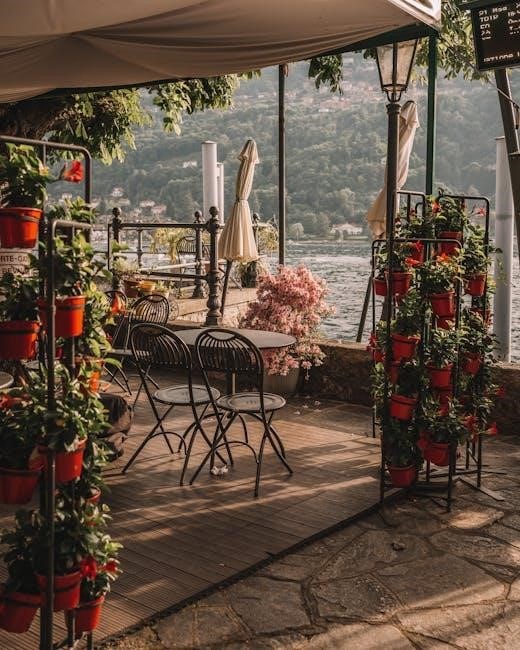
Understanding numbers, dates, and time is crucial for various situations in Italy, from shopping to making reservations. Let’s start with basic numbers: uno (one), due (two), tre (three), quattro (four), cinque (five), sei (six), sette (seven), otto (eight), nove (nine), and dieci (ten). For larger numbers, knowing venti (twenty), trenta (thirty), quaranta (forty), cinquanta (fifty), cento (hundred), and mille (thousand) is helpful.
When asking about the time, use “Che ore sono?” (What time is it?). To state the time, say “Sono le…” (It is…). For example, “Sono le tre” (It is three o’clock). When making plans, understanding days and months is important. The days of the week are lunedì (Monday), martedì (Tuesday), mercoledì (Wednesday), giovedì (Thursday), venerdì (Friday), sabato (Saturday), and domenica (Sunday). For dates, use the format day/month/year. Knowing these basics will help you navigate daily life in Italy with confidence.
Useful Replies and Phrases
Having a collection of useful replies and phrases can significantly enhance your interactions in Italy. When someone thanks you, the appropriate response is “Prego,” which means “You’re welcome” or “Go ahead.” If you don’t understand something, you can say “Non ho capito,” meaning “I didn’t understand.” To ask someone to repeat themselves, use “Può ripetere?” (Can you repeat?).

When given directions, you might hear phrases like “Gira a destra” (Turn right) or “Gira a sinistra” (Turn left). If something is nearby, you could hear “È qua vicino” (It’s close by), or “È laggiù” (It’s over there). To express agreement, simply say “Sì” (Yes), and to disagree, say “No” (No). If you’re unsure, “Forse” means “Maybe.”
For expressing interest, you can say “Davvero?” (Really?). If you want to know where something is, use “Dov’è…?” (Where is…?). These simple yet practical phrases will help you navigate conversations and everyday situations with ease and confidence, making your travel experience more enjoyable.
Handling Problems and Emergencies
Navigating unfamiliar situations requires specific phrases. In case of an emergency, it’s vital to know how to ask for help. You can use the phrase “Aiuto!” which simply means “Help!”. If you need to call the police, say “Chiamate la polizia!” (Call the police!). Similarly, to request an ambulance, use “Chiamate un’ambulanza!” (Call an ambulance!). If you’ve lost something, saying “Ho perso…” (I’ve lost…) followed by the object can be useful.
If you’re feeling unwell, you can express this by saying “Non mi sento bene” (I don’t feel well). To explain that you need a doctor, use the phrase “Ho bisogno di un medico” (I need a doctor). If you’ve been injured, you can say “Mi sono fatto male” (I’ve been hurt). In cases of theft, reporting it is crucial, so say “Mi hanno rubato…” (I’ve been robbed of…).
To ask for assistance in finding something, use “Posso usare il suo telefono?” (Can I use your phone?). These essential phrases will help you communicate effectively during difficult or urgent situations, ensuring you can get the assistance you need.
Formal vs. Informal Language
Italian, like many languages, distinguishes between formal and informal ways of addressing people. The most common informal greeting is “Ciao,” suitable for friends and family. However, when addressing someone you don’t know, or someone in a position of authority, it’s best to use more formal greetings like “Buongiorno” (Good morning/afternoon) or “Buonasera” (Good evening).
The key difference lies in the use of pronouns. In informal settings, you’d use “tu” (you), while in formal situations, you should use “Lei.” Remember to conjugate verbs accordingly. For example, instead of asking a friend “Come stai?” (How are you?), you would ask someone you don’t know well “Come sta?” The formal “Lei” form shows respect.
When saying goodbye, use the informal “Ciao” with friends, but opt for “Arrivederci” or “ArrivederLa” (more formal) in other situations. Pay attention to how Italians address each other; it will give you clues about which form is appropriate. Using the correct level of formality demonstrates respect and cultural sensitivity, enhancing your interactions.
